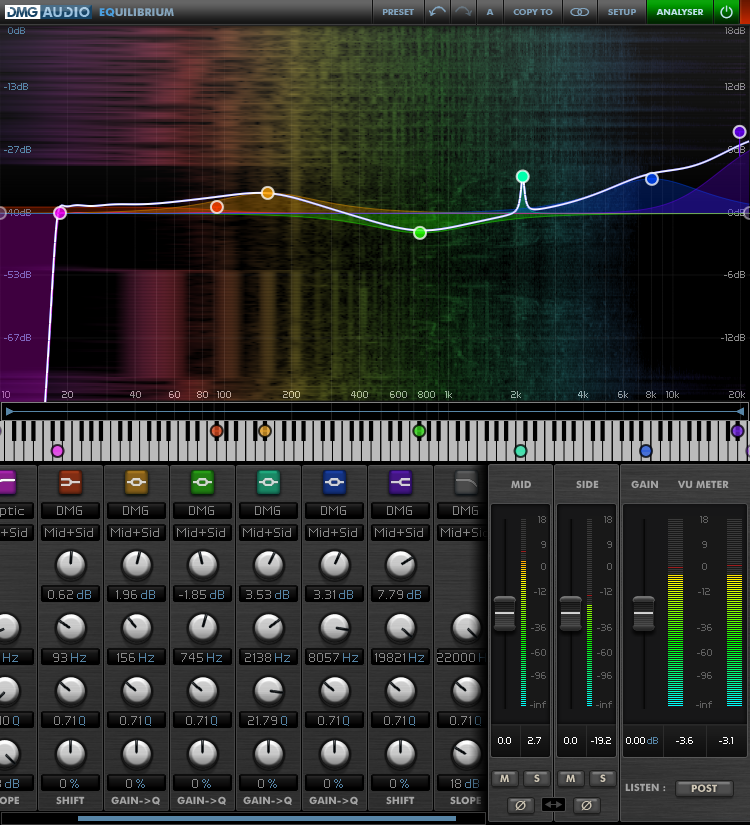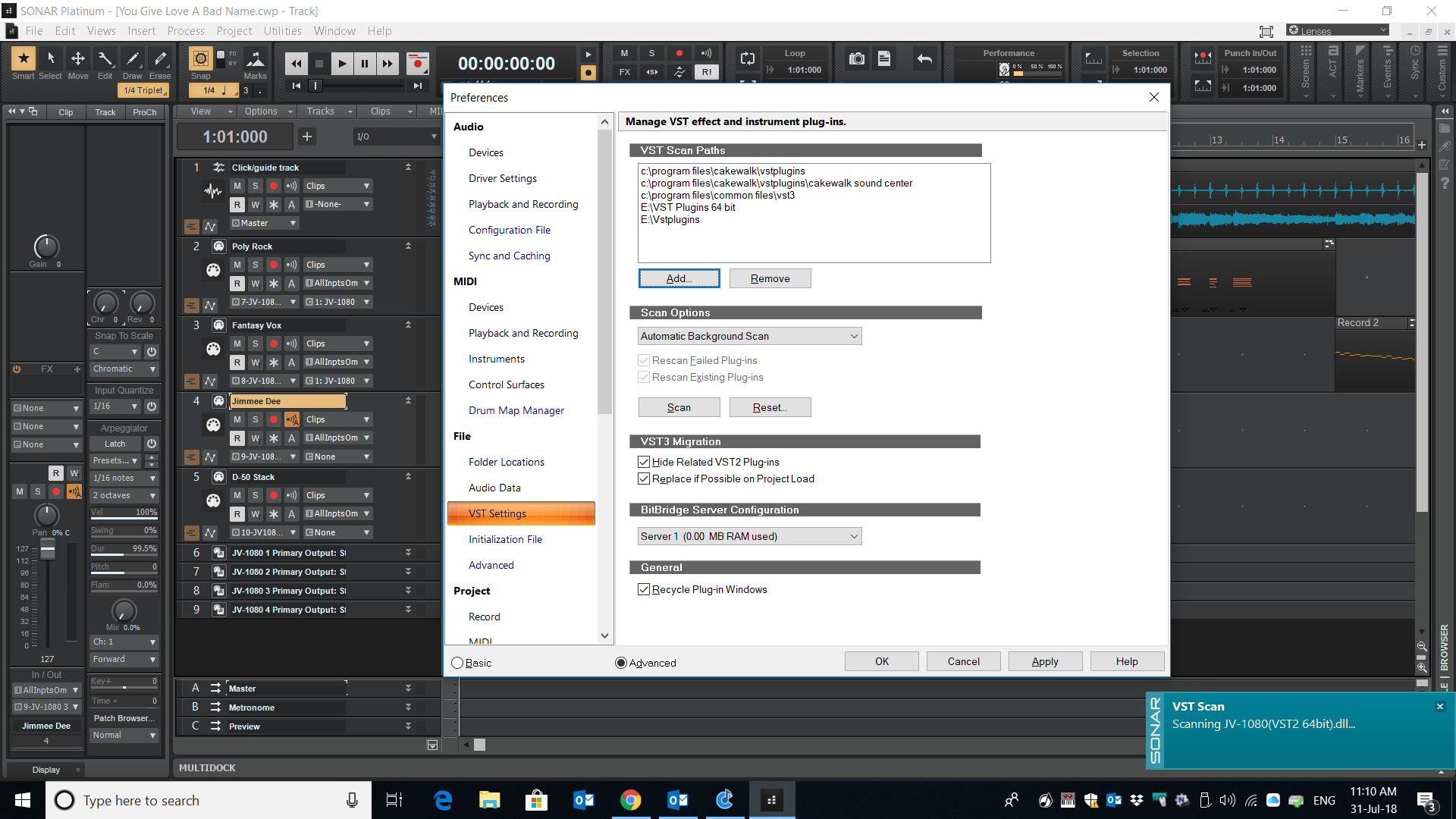Vst Plugins Root Folder Pc
Posted By admin On 25.12.20Additionally, I've added both VST folders to my 'Favorites' list in Windows File Explorer (the area on the upper-left of the explorer window), so both 32-bit and 64-bit plugin folders are only a click away, no matter where I happen to be in the folder browser. Make sure 'Use VST Plug-In Custom Folder' is set to On. Make sure that the VST Plug-In Custom Folder is set to the same file path where you installed the Plug Ins, C:Program Files(x86)VSTPlugins or C:Program FilesVST Plugins (depending on if you're using 32/64 bit versions). Keep your plugins within one root folder. This makes it easier to move your entire plugin collection, and you need only specify the root folder in the Podium plugin setup. Organize plugins in sub folders named by developer name.
UPDATE: Both problems solved.I got AmpliTube 4 to work in standalone mode by removing version 4.03 and installing version 4.02 in it's place.
To get Amplitube 4 working as a plug-in, the two files you need to copy into your host plug-ins folder are:
 1. C:Program FilesVstPlugInsAmpliTube 4 .dll
1. C:Program FilesVstPlugInsAmpliTube 4 .dll2. C:Program FilesCommon FilesAmpliTube 4.vst3
I can't swear to it, but I don't recall seeing the file referred to in 1. on my file system until after I removed v4.03 and replaced it v4.02.
Anyhow, update posted in the even it might help someone else.
ORIGINAL PROBLEM STATEMENT:
I'm trying to use AmpliTube 4 and Fender bundle (licensed) on Windows 10. Can someone please tell me exactly what AmpliTube file(s) I need to copy into my host plug-ins folder to use the plug-in and where on the Windows 10 file system I might find them?
So far, I have managed to bring Mobius 2 via JBridge and Cubase Groove Agent 4 VST's into my custom plug-ins folder on Ableton Live 9 (64-bit) and Ableton sees them no problem so I obviously understand the process in general and Ableton is not the problem, but for the life of me I cannot figure out what AmpliTube 4 files I'm supposed to be dropping in my plugins folder.
As an aside, Amplitube 4 standalone stubbornly refuses to use the native ASIO driver of my Steinberg UR44 interface. Standalone Cubase Groove Agent 4 and Positive Grid Bias FX have no problems in that regard.
So, as it stands, I can't use AmpliTube 4 at all. Not in standalone mode because it refuses to use my audio interface's native ASIO driver and not as a VST plugin because I can't find the right files to drop in my host plugins folder.
My primary concern right now is getting Amplitube 4 to work as a VST plug-in, so can someone please tell me which AmpliTube VST-related files I need to be looking for?
Vst Plugins Folder
Thank you.As shown some time ago for the Mac, today’s tip shows you how to organize your plug-ins on windows, in order to find and load them quickly into Blue Cat’s PatchWork or MB-7 Mixer.
As you will see, It’s no rocket science, and this will greatly improve your experience and reduce the time to load your plug-ins.
Spending Too Much Time Looking For Plug-Ins?
Some people have been asking for the capability to load the plug-ins directly from the menu instead of having to open an Explorer Window. While this may be added in the future to our software, be aware that it may never beat what you can already do today with the Windows Explorer or Finder, as you will see below…
How To
On Windows, whatever you do, your VST plug-ins folder will probably quickly look like a huge mess, unfortunately…
There is however a very simple way to overcome this issue and organize your plug-ins properly: it will just take you a few minutes!
To quickly access your plug-ins, without modifying the original install locations (for optimal compatibility), just do the following:
1. Create a new folder somewhere convenient on your system. For example in the ” My Documents” directory.
2. Label the new folder as “Plug-ins”.
3. Drag it into your Sidebar Favorites section to make it available as a shortcut there.
4. Go to your VST plug-ins folder.
5. Right click on each plugin you want and choose “Create shortcut” (multi-selection works too).
6. Move these shortcuts to your new folder, and create sub-folders to organize them.
Here you go! You can now access plug-ins quickly using the shortcuts, inside the appropriate folders:
VST Plug-Ins organized into subfolders, directly accessible from the Favorites Sidebar
Additional Tip: You can also choose to add several folders to the favorite bar instead of a single one, to access directly the mostly used plug-ins that you use most of the time.
One More Tip: It is possible to add a shortcut to the same plug-in in different folders, as it may be valid for several categories. /piccolo-vst-free.html.
Not Fancy Enough? Add Some Icons!

Once you have properly organized the plug-ins thanks to shortcuts and linked to them from the favorites bar, you may want to add some colors to it and change the icons. You can set a different icon for each folder, and even for each plug-in:
Plug-Ins Folders with Custom Icons
With custom icons, it is even easier to find the plug-ins: a glance will suffice to pickup the right one!
Free Search Included!
And one more thing… Did you know that you can then use the standard windows search feature to find the plug-ins? Just type in a name and you’ll get it instantly!
VST Plug-In Search Included !
Windows Default Vst Plugin Folder
Conclusion
5 free vst piano plugins. Simply using the Windows Explorer properly and taking the time to organize things will greatly improve the plug-in loading experience. There are even features that are not available in most host applications (how many do provide custom icons and search?).
Do you still need an included plug-in menu? Please discuss below!